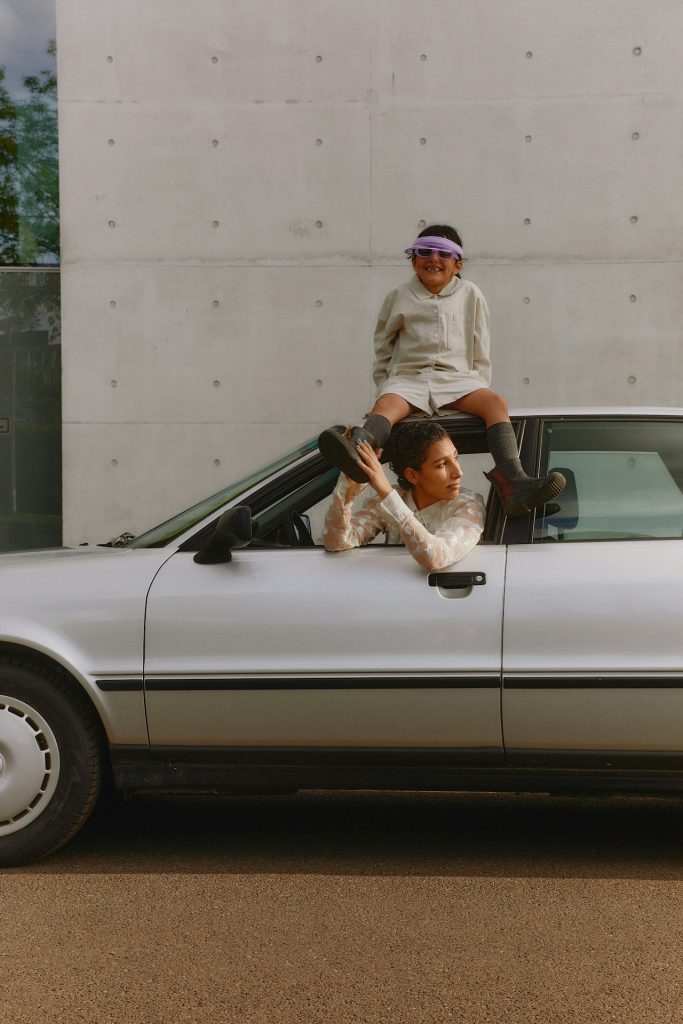One year into the pandemic I came out as pansexual with she/they pronouns on Facebook. The former has been common knowledge to my close friends and colleagues for years and the latter slowly developed as I spent more and more time with myself during isolation.

I exited a relationship in the Fall of 2020, and It took being single and spending A LOT of time alone to help me parse out these facets of my identity. In the end, equal parts pride and anxiety fuelled my decision to “go public” with the news. I felt like I couldn’t hold it in anymore, and it was naturally starting to impact both my work and life.
The moment before I ejected out the Facebook post in question, I was in the process of writing a screenplay with a character based on myself (side note: I try not to see this as a sole indicator of my level of vanity and instead attribute it as something most writers do… please let that be true!). My hands stopped abruptly on the keys when I realized I had used the pronoun “they” for my character. This moment came about four months after I first stood in the mirror (like in a cheesy made-for-TV movie) and seriously asked myself whether I was non-binary. I’ve always teetered between perceived “masculine” and “feminine” traits and styles, and on that day I was sporting a look that my ex would call “angsty fourteen year old boy”. For the record, I didn’t listen to Billy Talent, The Used, and 30 Seconds To Mars growing up without maintaining a few of my emo traits. Obviously, gender identity is much more complex than the clothes you wear, but for me my frequent inclination toward boxer briefs was one of many factors that made me question whether I wanted to be solely identified in relation to my womanhood. Spoiler alert: I didn’t. But I still wasn’t ready to forego that womanhood outright, as I have worked hard throughout my 20s to re-define for myself what being a woman means after been indoctrinated with a hegemonic perspective about womanhood since birth. Hence, my she/her OR they/them pronouns, conveniently abridged to she/they.
Pansexuality, simply put, is being attracted to others regardless of their gender identity.
It may surprise you to hear, but my pansexual identity has helped rather than hindered my writing career as more and more of my colleagues have gradually found out about my sexual orientation. This increase in opportunity can come in two forms; meaningful collaboration on LGBTQ+ projects or being used as a “tick-box” on grant applications for having an LGBTQ+ writer on board. Although the latter has sometimes made me feel uneasy and tokenized, it has still helped me get my foot in the door in spaces that I otherwise would never have access to.
Within an hour of my coming out, I was on a phone call with someone I deeply respect, having a fascinating 45-minute discussion on the news I shared wherein we dove into gender identity, patriarchy, and hegemony (yay!). Upon hanging up, I knew I had done the right thing in being more vocal about who I am. I’m not here to educate others about the communities surrounding these identities – as I’m still early in my discovery of these spaces mysel – but having meaningful dialogue about how we structure society in a binary way is a conversation I want to have.
Within 24-hours, my coming out post was the most “liked” post I had ever shared. I know Facebook consists of our own little feedback loop in many ways, but I still can’t help but feel optimistic about the level of engagement and support I received for sharing more about my identity.







